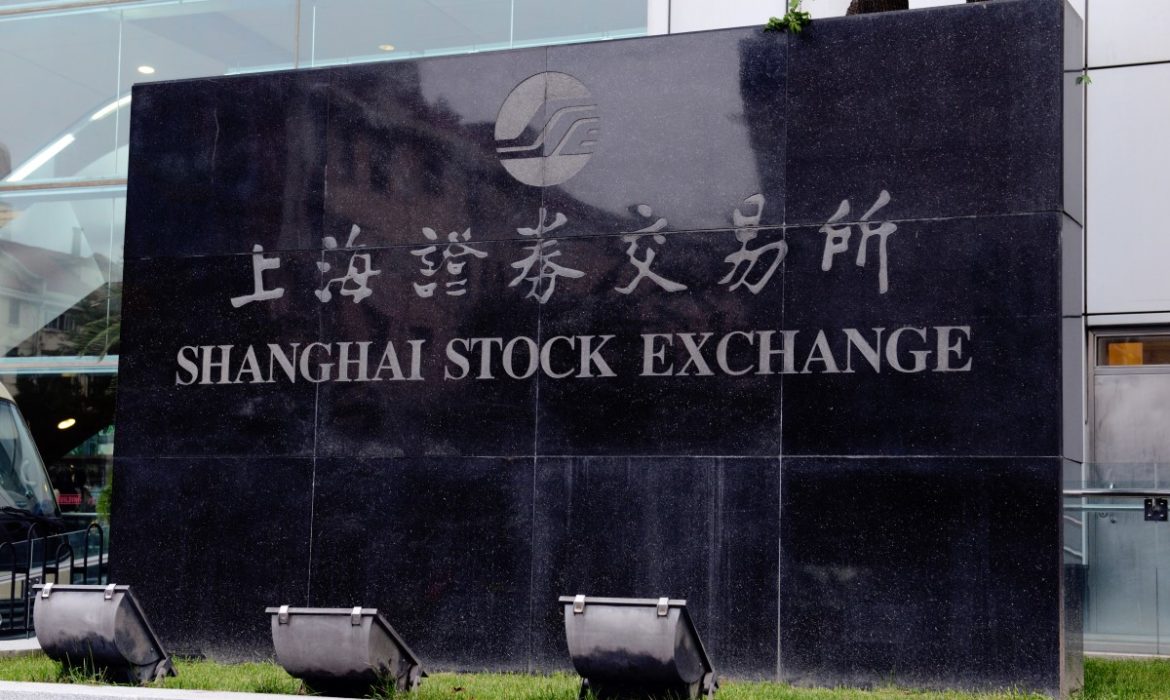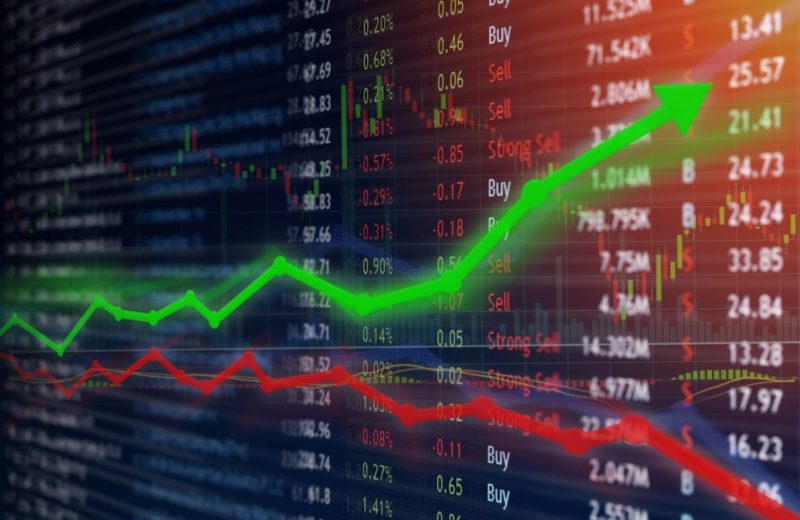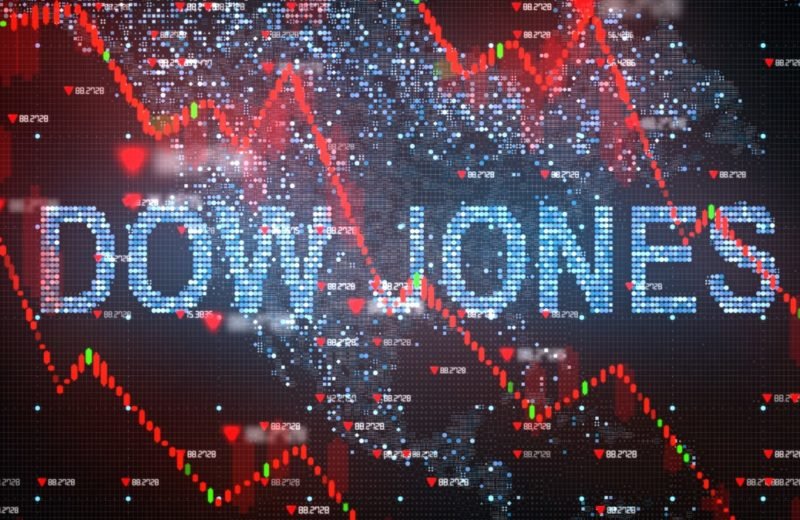Asian stock markets showed resilience on Tuesday, bouncing back from Wall Street’s decline due to concerns about the weakening US economy. The dip in US markets followed a report indicating a slowdown in growth within service industries.
Major Asian markets, including Shanghai, Tokyo, and Hong Kong, saw gains, while Sydney experienced a slight retreat. Meanwhile, oil prices also experienced a decline.
The S&P 500, the benchmark index of Wall Street, witnessed a 0.2% decrease on Monday. This drop came after an industry group’s index, which measures activity in construction, hospitality, and other service sectors, hit a three-year low in May. These findings conflicted with the optimism generated by the unexpectedly robust job numbers reported the previous week, suggesting that the possibility of a US recession triggered by interest rate hikes might be postponed.
In specific markets, the Shanghai Composite Index saw a 0.2% increase, reaching 3,237.89 points, while the Hang Seng in Hong Kong advanced by 1.1% to 19,310.53 points. In Tokyo, the Nikkei 225 experienced a 0.4% gain, closing at 32,350.58 points. However, despite these gains, the growth in Japanese wages in April showed a deceleration compared to the previous month.
On the other hand, the S&P ASX 200 in Sydney dropped by 0.5%, settling at 7,181.90 points. It should be noted that South Korean markets were closed due to a holiday.
While Southeast Asian markets demonstrated advancement, New Zealand experienced a decline.
Surprising Job Growth in the US Propels Wall Street Towards Bull Market
In an unexpected turn of events, last week’s data revealed that US employers ramped up their hiring efforts in May. However, the pace of wage increases slowed during the same period.
This positive jobs report played a crucial role in driving Wall Street close to achieving a “bull market” status. The S&P 500 index was on the cusp of experiencing a 20% increase from its mid-October low. Thus, defining the bull market.
On Wall Street, the S&P 500 closed at 4,273.79 points after the Institute for Supply Management reported a decrease in its service industry index. The index dropped to 50.3 in May from April’s 51.9. The index is measured on a 100-point scale, where numbers above 50 indicate an increase in activity.
The Dow Jones Industrial Average witnessed a 0.6% fall, closing at 33,562.86 points. The Nasdaq composite slipped 0.1% or 11.34 points, ending at 13,229.43.
The majority of stocks experienced a decline following a sustained rally that brought Wall Street to a 10-month high.
Apple, one of the notable stocks affected, dropped by 0.8% after revealing a long-anticipated headset. The headset, set to be released in early 2024, will cost $3,500.
In the energy markets, the benchmark US crude oil witnessed a decline of 39 cents. As a result, it settled at $71.86 per barrel in electronic trading on the New York Mercantile Exchange. On Monday, the contract recorded a gain of 41 cents, reaching $72.15. On the other hand, Brent crude, which serves as the foundation for international oil trading, dropped by 24 cents, closing at $76.47 per barrel in London. However, it had advanced by 58 cents in the previous session, reaching $76.71.
Meanwhile, the value of the US dollar decreased slightly, falling from Monday’s 139.63 yen to 139.49 yen. The euro remained relatively stable at $1.0716.















